Keep Looking Up
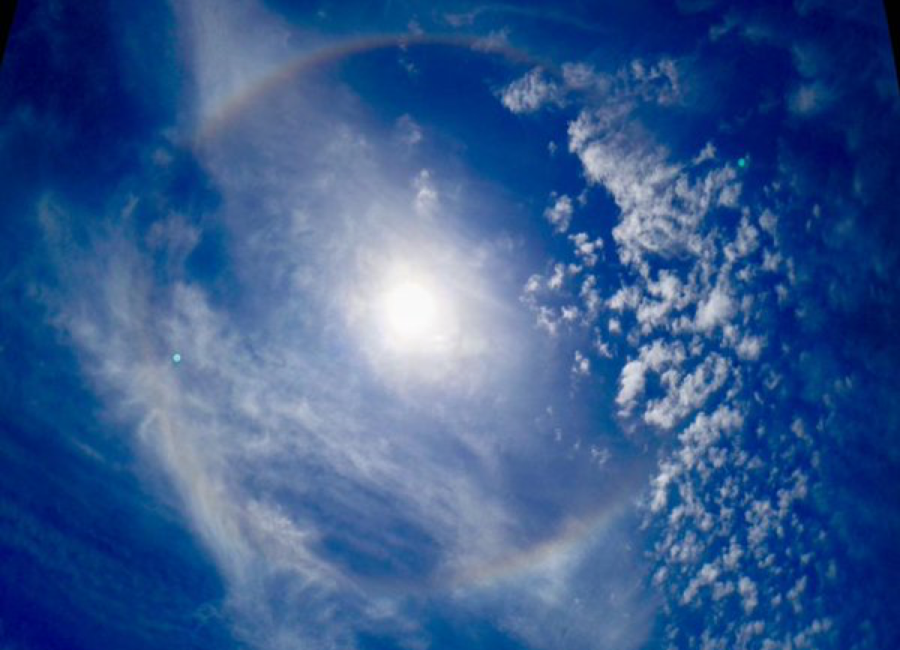
If you receive a letter from me, it will likely end with my favorite call-to-action, “Keep Looking Up.”
And, while some have interpreted this phrase to have optimism as its intention, I have a much more literal request in mind. Look Up. Yes, you. Right now. I’ll wait… Chances are you noticed something you hadn’t noticed before. If you didn’t, keep looking up. You will.
If you’re inside, maybe you’ll spot the Moon out the window, like this shot below from inside the Adler. Did you know the Moon was visible from your window? Is it always there? Looking the same way? At the same time? Why not track it for the month and see? I’ll wait…
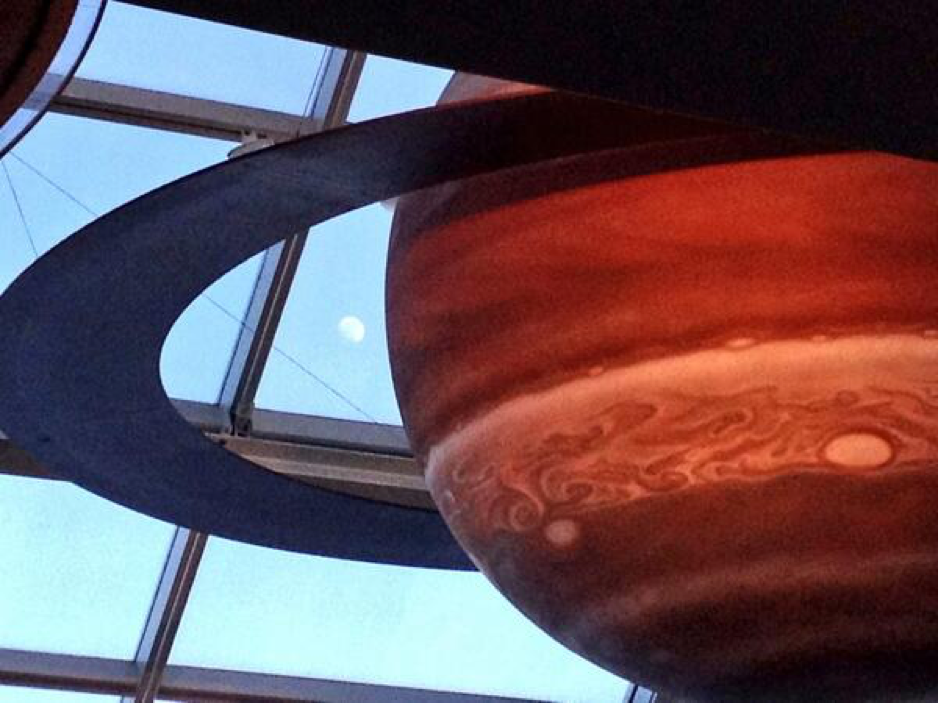
If you’re outside and it’s daytime maybe you’ll spot a beautiful halo around the Sun as ice crystals in the air bend its light. To the delight of my family, Sun halos are frequently present in Chicago—we have many pics!
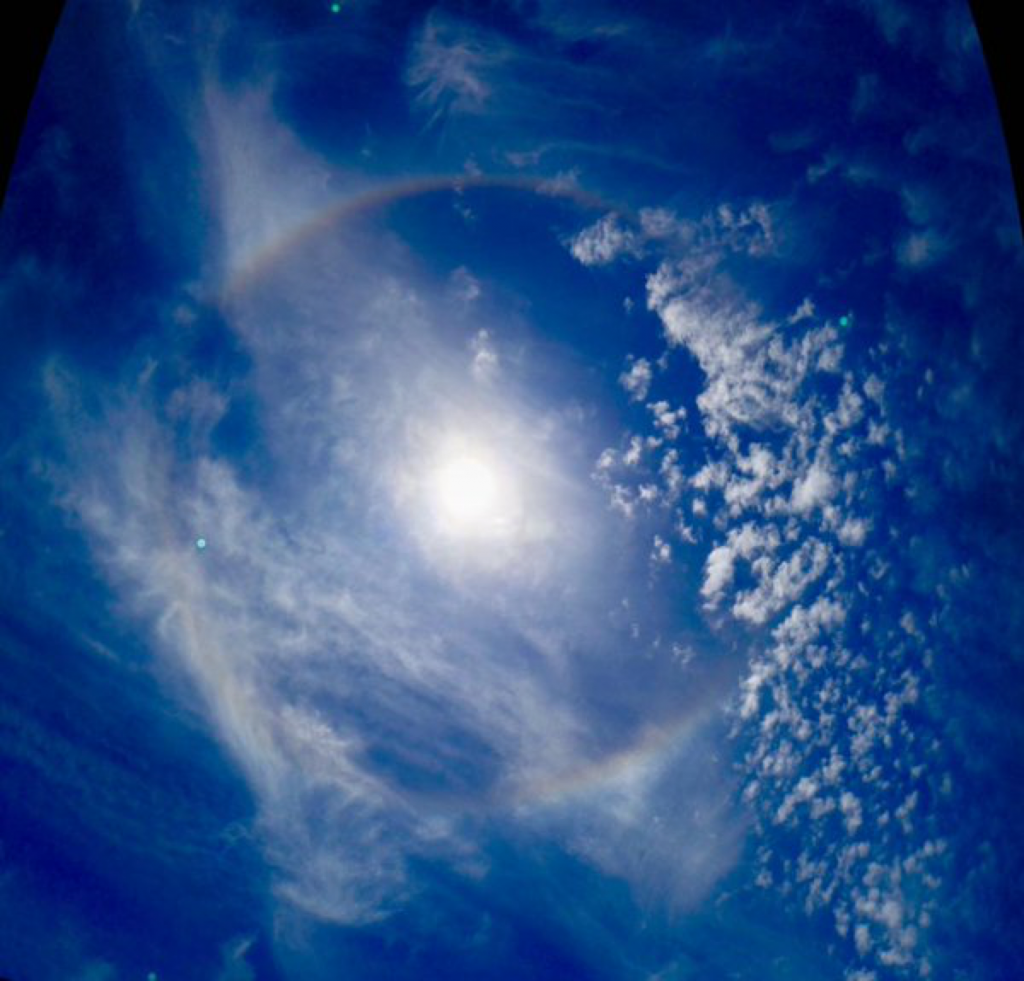
Or, maybe you’ll see a cloud formation that looks like a giant star—fun stuff!—all made possible by looking up.
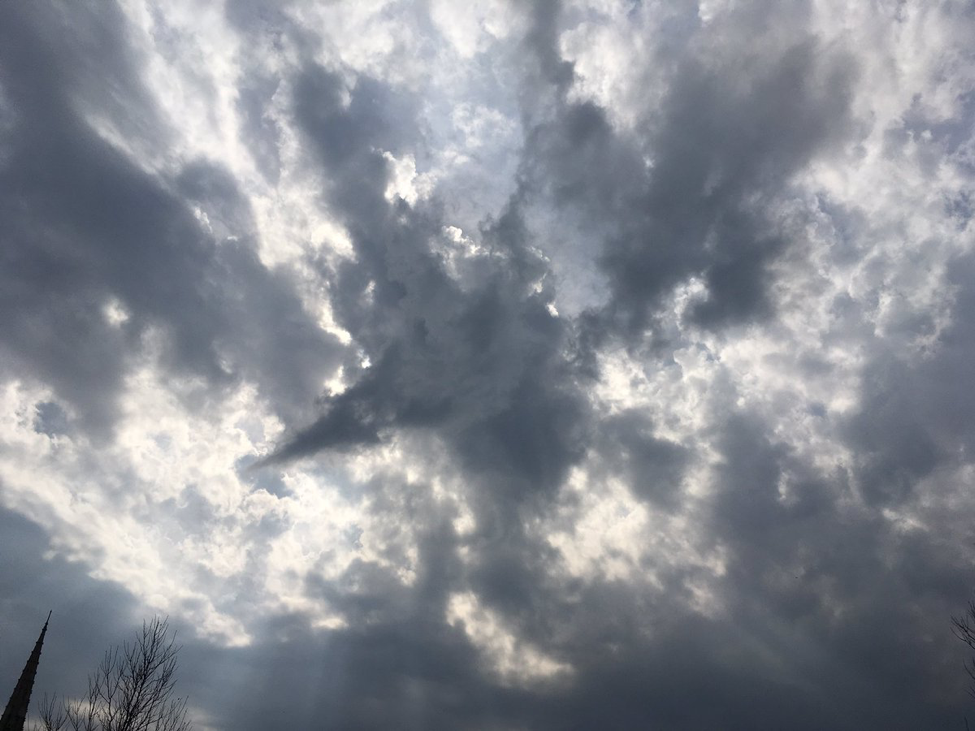
Are you addicted yet? We’re not done!
I just spent five glorious nights outdoors at a star party in northern Washington state with hundreds of fellow astronomy enthusiasts who stay up all night to observe the sky together. (Okay, I don’t make it all night, but I’m related to people who do.)
Each evening started with a chorus that spanned the observing field, “ISS!” “ISS!” “There’s the ISS.” Yes, the International Space Station could be seen passing overhead. It’s easy to see, more difficult to photograph. (As you’ll note in my attempt below.) But, by looking up, you too can enjoy this bright, rectangular, fast-moving spectacle—find out how at NASA’s Spot the Station website. Remember to wave; there are fellow humans up there!
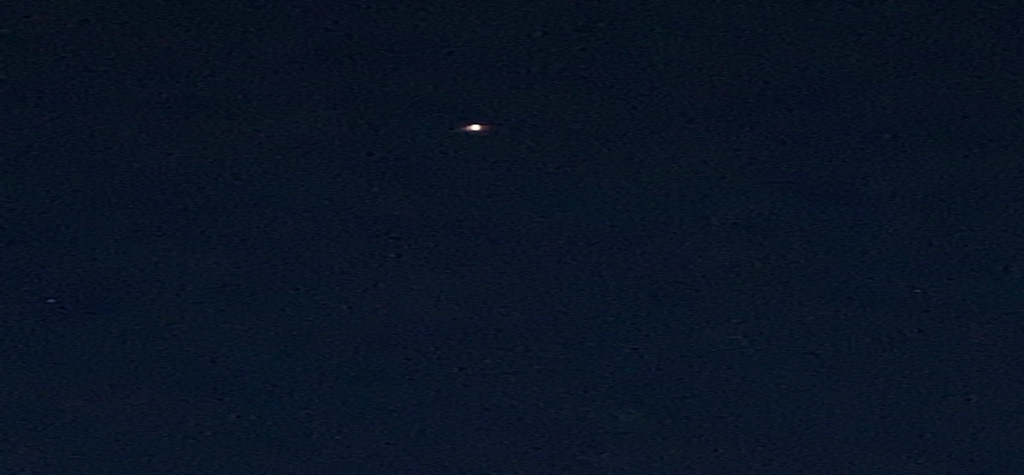
The night sky also presents stunning views of the Moon—try it with binoculars!—and the planets: your first Saturn moment is truly unforgettable.
Join the Adler for one of our ‘Scopes in the City events to see for yourself. And, at this time of year, in particular, you might even catch a meteor shower! While more difficult to see from light-polluted or Moon-lit skies, visiting a dark sky location in mid-August will reward you with surprise-and-delight streaks of light that occasionally mark the sky as ice and dust left behind by a distant comet burns up in our atmosphere. Even when there isn’t a shower peak happening, it is not uncommon to see a meteor or two in a truly dark sky. (In fact, my favorite way to observe the night sky is lying on the ground or in a beach chair, looking up, soaking it all in. I put in many hours this way at the star party last week and saw a dozen or more meteors over the course of five nights.)
Whether you act on this call-to-action from me, or you use the annual occasion of the Perseid meteor shower to nudge you, remember to look up, and keep looking up. Inside or outside, daytime or night, there is much to discover. I’ll wait…






